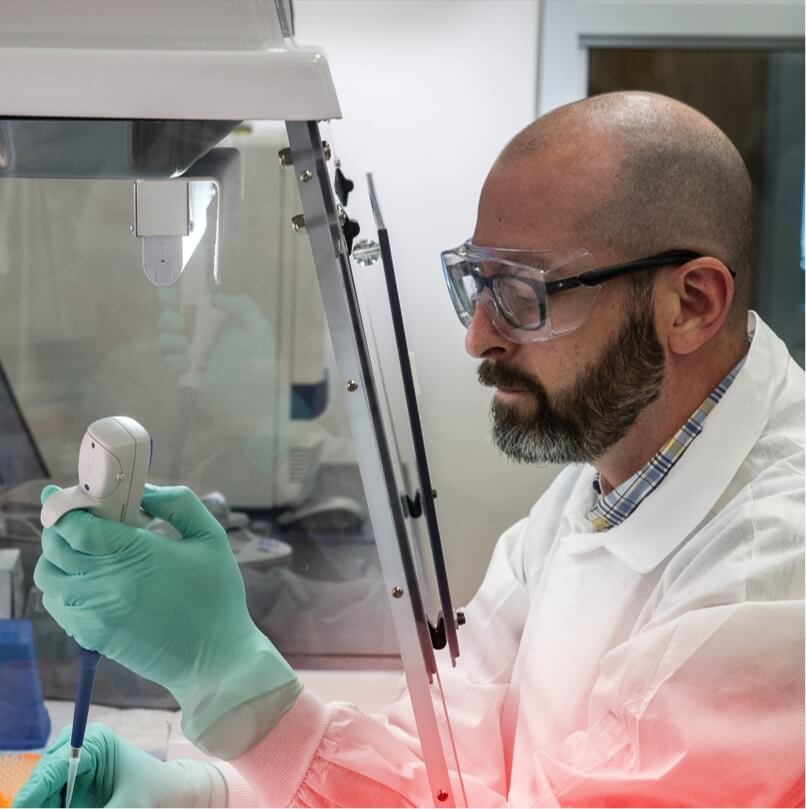RESPOND TO THE HFEA CONSULTATION ON REVIEWING THE LAW ON:
Fertility treatment regulation and embryo research
update
This consultation has now closed.
Click the link below to sign up for email updates. You will get action alerts on the latest pro-life developments along with tools to help you change hearts and minds.
The Human Embryology and Fertilisation Authority (HFEA) has launched a consultation on reviewing the law on fertility treatment regulation and embryo research prior to making recommendations for change.
Currently, the Human Embryology and Fertilisation Act limits the use of human embryos in research to 14 days or the appearance of a primitive streak (if earlier). In the consultation, the HFEA makes the case for removing the 14-day limit from current legislation.
While in the past it was not technically feasible to culture human embryos beyond formation of a primitive streak or 14 days post-fertilisation, culture systems have evolved, now creating this possibility.
The 14-day limit has been a globally recognised standard of best practice and was upheld as a vital safeguard by each of the main UK political parties when the 2008 HFE Act was passed. Many countries such as Germany, Italy and Austria do not allow embryo research at all.
Our current legislation already allows inhumane experimentation on unborn babies up to 14-days post conception. This proposed change would make the situation even worse.
It is incredibly important that we show that the public does not want to remove the 14-day limit or see the further loosening of other ethical safeguards that are being proposed by the HFEA.
We have therefore created an easy-to-use tool below that will help you to respond to this consultation. If you use this tool below to respond, your response will then be submitted through the HFEA consultation website here.
We have also published this Right To Life UK Supporters’ Guide for the consultation, which includes more detail on the rationale for the position we are recommending supporters take on each of the questions in the consultation.
The deadline for submitting to the consultation is 5pm on Friday 14 April 2023.
We have provided the tool to enable the public to make a submission that is easy to complete and that helps make the consultation process accessible to more people. The HFEA consultation survey is lengthy and covers multiple areas. Our email tool only includes the questions which relate to pro-life ethical concerns and leaves answers to all other questions blank. If you would like to complete the whole survey, this can be done through the HFEA consultation website here.
If you have in-depth expertise or a background in areas that are covered by the consultation, we strongly recommend you consider submitting more detailed evidence using the HFEA consultation website here. You do not need to answer all of the questions in this more detailed survey but can answer as many or as few as you like.
You can find out more about the inquiry and how your personal data will be handled by the HFEA on the consultation website here.

